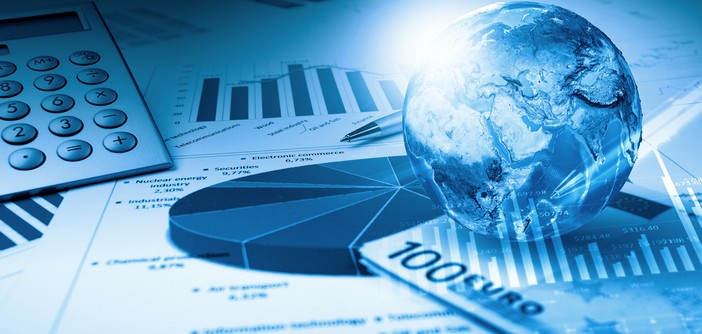The Insee announced that growth in France in 2016 would ultimately only be 1.1%, compared to the 1.5% predicted by the Finance Law at the beginning of the year and the 1.4% announced by the Economy Minister Sapin just a few days ago.
As a consolation, the government could remind that growth during the period 2010-2016 was only 1.3% and in the 2000s was 1.4% (on average).
We have to go back to the 1980s and 1990s to find more interesting figures: 2.4% and 2.0% respectively.
And even further back, for [self-congratulation/boasting]: 4.1% in the 1970s and … 5.9% in the 1960s.
It must be said that the higher the base, the harder it becomes to achieve the same percentages!
However, growth in France is the systematic deus ex machina of all governments. All intend to balance the budget (or at least return to a 3% deficit), thanks to growth, which, with them, will obviously return.
Result: under both the left and the right, on average, over the last 15 years, Bercy’s growth assumptions have proven to be 1.5 times higher than the actual growth observed once the year is over (+1.7% anticipated vs +1.1% observed).
A habit to which the presidential candidates apparently do not intend to renounce.


